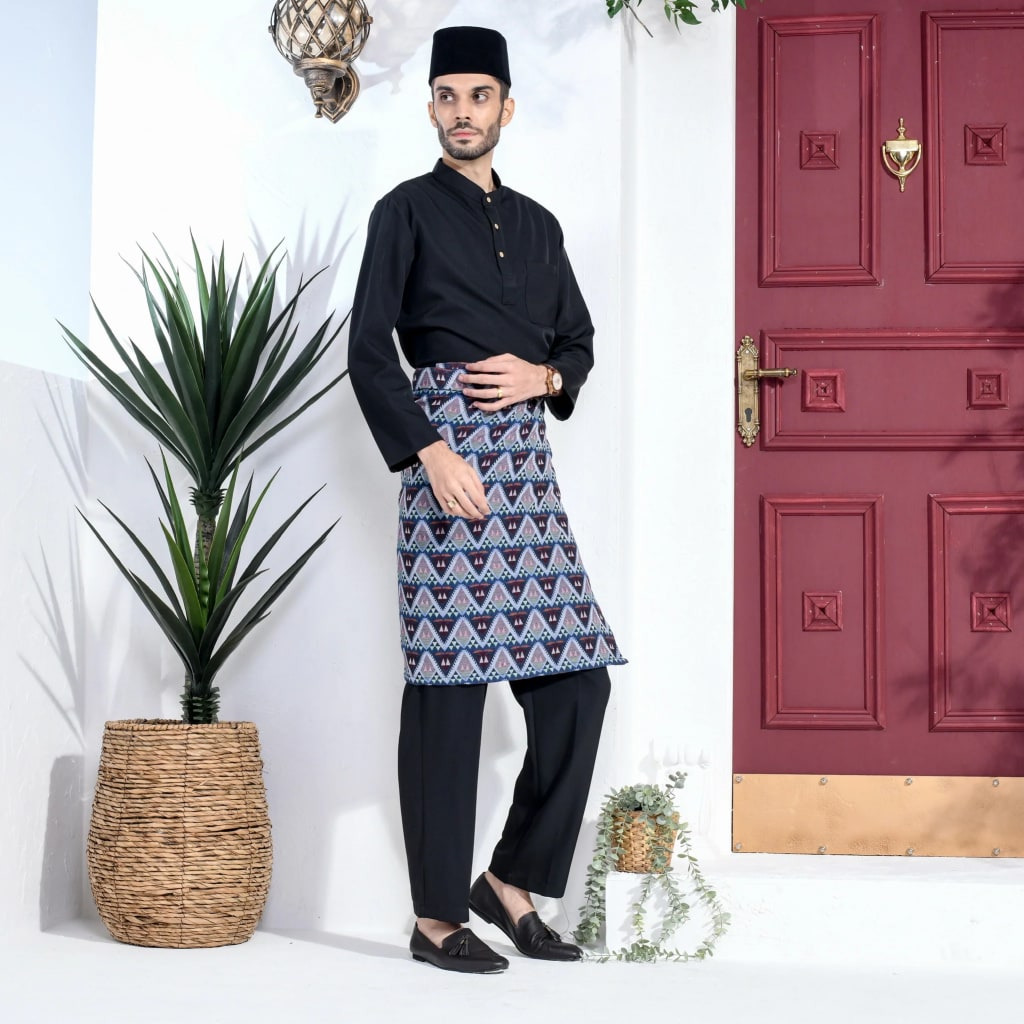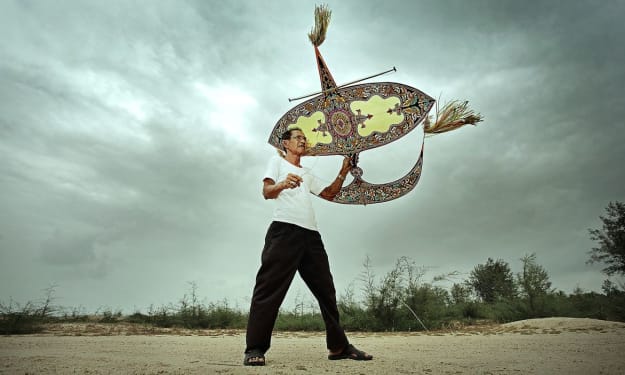
In this article, we will delve into the history of Baju Melayu, a traditional Malay attire that has been a significant part of Malaysian culture for centuries. Widely recognized for its simple yet elegant design, Baju Melayu represents the unique identity and customs of the Malay community.
Origins of Baju Melayu
The origins of Baju Melayu can be traced back to the ancient Malay kingdoms in the 12th century, where it was initially worn by Malay royals and aristocrats. The attire gradually became popular among the common people as well, and its design evolved over time to reflect the cultural influences of the various regions across the Malay Archipelago.
Components of Baju Melayu
Baju Melayu is made up of three primary components: the baju (shirt), the celana (trousers), and the sampin (a piece of fabric wrapped around the waist). The baju is a loose-fitting shirt with a simple collar, long sleeves, and buttons down the front. The celana is typically a pair of loose trousers, while the sampin is a rectangular cloth that is folded and worn over the trousers at the waist. The ensemble is often accessorized with a songkok (a traditional Malay headgear) and a pair of traditional sandals or shoes.
Styles and Variations
Over time, Baju Melayu has evolved into several styles and variations, reflecting the diverse cultural influences in the region. Some of the popular styles include:
Baju Melayu Cekak Musang: Features a stiff, winged collar with five buttons on the front.
Baju Melayu Teluk Belanga: Originating from the southern state of Johor, this style has a round collar and a pocket on the left side of the chest.
Baju Melayu Kedah: A more casual style with a simple round collar and a straight hem, often worn without a sampin.
The Baju Melayu is typically made from various materials, such as cotton, silk, or satin, depending on the occasion and the wearer's preferences. The color and design of the Baju Melayu may vary, with some featuring intricate embroidery or patterns.
Cultural Significance
Baju Melayu holds deep cultural significance within the Malay community. It is often worn during important occasions and celebrations such as weddings, religious festivals like Hari Raya Aidilfitri and Aidiladha, and cultural events. The attire is also considered a symbol of modesty, respect, and adherence to cultural values.
Modern-Day Baju Melayu
In recent years, Baju Melayu has undergone several transformations, with designers incorporating modern elements and styles to cater to contemporary tastes. Despite these changes, the traditional essence of Baju Melayu continues to be cherished and preserved, making it an enduring symbol of Malay culture and heritage.
In conclusion, Baju Melayu is an important representation of Malaysia's rich cultural history. As it continues to be worn and appreciated, this traditional attire serves as a reminder of the unique identity and customs of the Malay community, and a testament to the enduring appeal of time-honored traditions.
Baju Melayu is a traditional Malay attire that has withstood the test of time and continues to be a significant part of Malay culture. Here are some more interesting facts about Baju Melayu:
1. Influence of Foreign Cultures
The Baju Melayu has been influenced by various foreign cultures throughout history. For example, the Teluk Belanga style is said to have been inspired by the Bugis people from Indonesia, while the stiff collar of the Cekak Musang style bears resemblance to the collar of a Mandarin gown, highlighting the influence of Chinese culture.
2. Symbol of National Identity
In Malaysia, Baju Melayu is considered a national attire and a symbol of national identity for Malay men. During official functions and national events, Baju Melayu is often worn by government officials, dignitaries, and members of the royal family, demonstrating its cultural and political significance.
3. Baju Melayu for Women
While Baju Melayu is primarily a male attire, there is a female counterpart known as Baju Kurung. This traditional attire consists of a knee-length blouse worn over a long skirt, and it shares similarities in design and cultural significance with the Baju Melayu.
4. Worn Beyond Malaysia
Although Baju Melayu is predominantly associated with Malaysia, it is also worn in other countries with significant Malay populations, such as Indonesia, Singapore, and Brunei. In these countries, the attire may be known by different names or have slight variations in design, but the essence of the traditional Baju Melayu remains the same.
5. Contemporary Designs
Modern designers have experimented with various materials, patterns, and styles when creating Baju Melayu, offering a wide range of options for the younger generation. Nowadays, you can find Baju Melayu with slim-fitting designs, innovative patterns, and bold colors, catering to different tastes and preferences while still preserving the traditional essence of the attire.
6. Baju Melayu in Pop Culture
Baju Melayu has also made its mark in pop culture, with famous Malaysian personalities and celebrities donning the attire during special events, performances, and red carpet appearances. This has helped increase the popularity of Baju Melayu and encourage its appreciation among younger generations.
In summary, Baju Melayu is an iconic representation of Malay culture that carries significant historical and cultural importance. The attire has evolved over the years, yet it continues to be a cherished symbol of tradition, identity, and pride within the Malay community and beyond.
About the Creator
Enjoyed the story? Support the Creator.
Subscribe for free to receive all their stories in your feed. You could also pledge your support or give them a one-off tip, letting them know you appreciate their work.





Comments
There are no comments for this story
Be the first to respond and start the conversation.